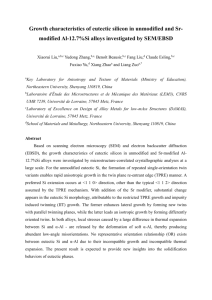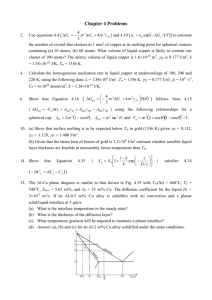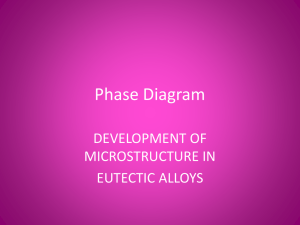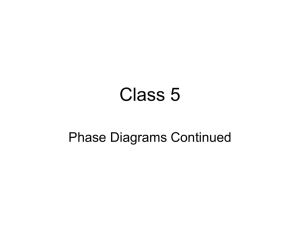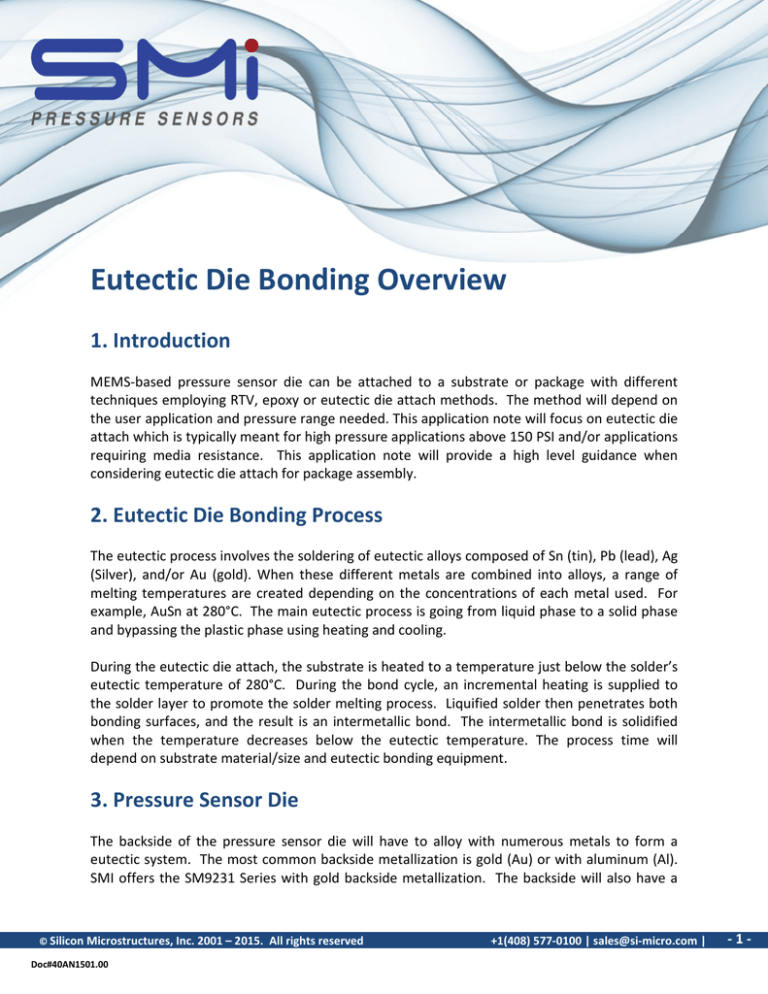
www.si-micro.com
Eutectic Die Bonding Overview
1. Introduction
MEMS-based pressure sensor die can be attached to a substrate or package with different
techniques employing RTV, epoxy or eutectic die attach methods. The method will depend on
the user application and pressure range needed. This application note will focus on eutectic die
attach which is typically meant for high pressure applications above 150 PSI and/or applications
requiring media resistance. This application note will provide a high level guidance when
considering eutectic die attach for package assembly.
Compensation Procedure:
2. Eutectic Die Bonding Process
The eutectic process involves the soldering of eutectic alloys composed of Sn (tin), Pb (lead), Ag
(Silver), and/or Au (gold). When these different metals are combined into alloys, a range of
melting temperatures are created depending on the concentrations of each metal used. For
example, AuSn at 280°C. The main eutectic process is going from liquid phase to a solid phase
and bypassing the plastic phase using heating and cooling.
During the eutectic die attach, the substrate is heated to a temperature just below the solder’s
eutectic temperature of 280°C. During the bond cycle, an incremental heating is supplied to
the solder layer to promote the solder melting process. Liquified solder then penetrates both
bonding surfaces, and the result is an intermetallic bond. The intermetallic bond is solidified
when the temperature decreases below the eutectic temperature. The process time will
depend on substrate material/size and eutectic bonding equipment.
3. Pressure Sensor Die
The backside of the pressure sensor die will have to alloy with numerous metals to form a
eutectic system. The most common backside metallization is gold (Au) or with aluminum (Al).
SMI offers the SM9231 Series with gold backside metallization. The backside will also have a
© Silicon Microstructures, Inc. 2001 – 2015.
Doc#40AN1501.00
All rights reserved
+1(408) 577-0100 | sales@si-micro.com |
-1-
www.si-micro.com
cavity accessing the pressure sensor membrane for pressure measurement as shown in Figure
1. This die configuration is referred to as “backside entry” where the pressure will enter the
backside and not make contact with the topside metallization or bond pads.
Figure 1: Backside Entry Die Example
4. Substrate
Typically, an 80/20 gold/tin eutectic is used. A preform of the eutectic is placed upon the
proper pad, and the die is bonded to the substrate on a eutectic die attach machine. To
minimize Thermal Coefficient of Expansion (TCE) mismatches, ceramic or kovar substrates are
often used with pressure sensor eutectic die attach. The goal is to minimize stresses imparted
onto the die from the package assembly. Ideally, stresses to the die should only be induced by
the applied pressure onto the membrane of the pressure sensor.
5. Benefits for Harsh Environment Applications
Eutectic die attach creates a strong bond and is impervious to many harsh environments. For
example, an automotive oil pressure application needs to withstand extreme operating
temperatures from -40 to +150°C and exposure to oil and vapors. The eutectic die attach will
provide long-term protection and reliability. Other die attach materials may soften over time
leading to costly failures. The SM9231 provides a proven, reliable solution with eutectic
bonding for the stringent automotive market.
Similarly, in the case of monitoring refrigeration pressure, the die attach bond must withstand
continuous high pressure as high as 750 PSI while exposed directly to a refrigerant. The
eutectic die attach provides the highest bond strength with no degradation due to bond
material deterioration as with RTV and epoxy. This enables higher operating pressure ranges of
500 PSI and higher. Be careful to not exceed the proof pressure of the pressure sensor die.
© Silicon Microstructures, Inc. 2001 – 2015.
Doc#40AN1501.00
All rights reserved
+1(408) 577-0100 | sales@si-micro.com |
-2-
www.si-micro.com
6. Warranty and Disclaimer
Information in this document is provided solely to enable software and system implementers to use
Silicon Microstructures, Inc. (SMI) products and/or services. No express or implied copyright licenses are
granted hereunder to design or fabricate any silicon-based microstructures based on the information in
this document.
SMI makes no warranty, representation, or guarantee regarding the suitability of its products for any
particular purpose, nor does SMI assume any liability arising out of the application or use of any product
or silicon-based microstructure, and specifically disclaims any and all liability, including without
limitation consequential or incidental damages. “Typical” parameters which may be provided in SMI’s
datasheets and/or specifications can and do vary in different applications and actual performance may
vary over time. All operating parameters, including “Typicals”, must be validated for each customer
application by customer’s technical experts. SMI does not convey any license under its patent rights nor
the rights of others. SMI makes no representation that the circuits are free of patent infringement. SMI
products are not designed, intended, or authorized for use as components in systems intended for
surgical implant into the body, or other applications intended to support or sustain life, or for any other
application in which the failure of the SMI product could create a situation where personal injury or
death may occur. Should Buyer purchase or use SMI products for any such unintended or unauthorized
application, Buyer shall indemnify and hold SMI and its officers, employees, subsidiaries, affiliates, and
distributors harmless against all claims, costs, damages, and expenses, and reasonable attorney fees
arising out of, directly or indirectly, any claim of personal injury or death associated with such
unintended or unauthorized use, even if such claim alleges that SMI was negligent regarding the design
or manufacture of the products.
SMI warrants goods of its manufacture as being free of defective materials and faulty workmanship. SMI
standard product warranty applies unless agreed to otherwise by SMI in writing. Please refer to your
order acknowledgement or contact SMI directly for specific warranty details. If warranted goods are
returned to SMI during the period of coverage, SMI will repair or replace, at its option, without charge
those items it finds defective. The foregoing is buyer’s sole remedy and is in lieu of all warranties,
expressed or implied, including those of merchantability and fitness for a particular purpose. In no event
shall SMI be liable for consequential, special, or indirect damages.
While SMI may provide application assistance to aid its customers' design process, it is up to each
customer to determine the suitability of the product for its specific application. The information
supplied by SMI is believed to be accurate and reliable as of this printing. However, SMI assumes no
responsibility for its use. SMI assumes no responsibility for any inaccuracies and/or errors in this
publication and reserves the right to make changes to any products or specifications herein without
further notice.
Silicon Microstructures, Inc. TM and the Silicon Microstructures, Inc. logo are trademarks of Silicon
Microstructures, Inc. All other service or product names are the property of their respective owners.
© Silicon Microstructures, Inc. 2001-2015. All rights reserved.
© Silicon Microstructures, Inc. 2001 – 2015.
Doc#40AN1501.00
All rights reserved
+1(408) 577-0100 | sales@si-micro.com |
-3-

